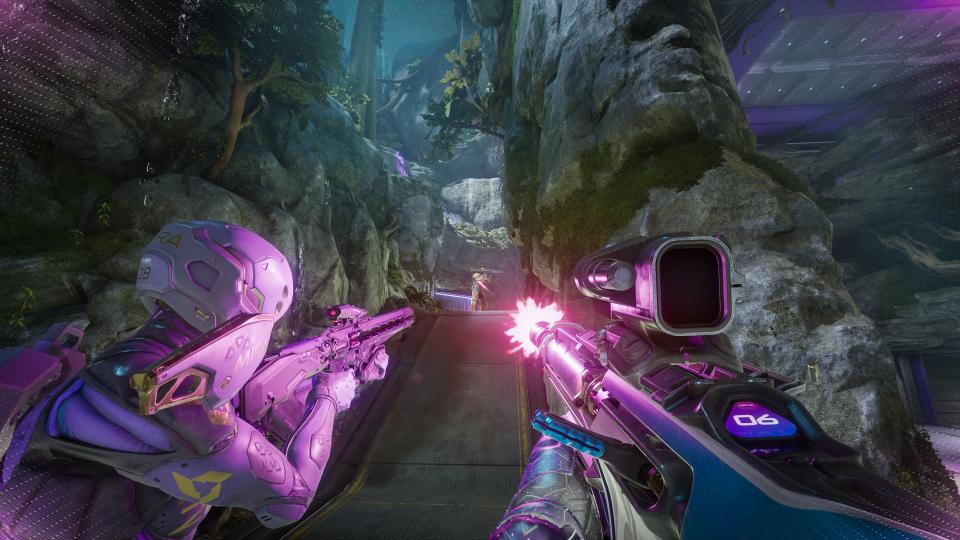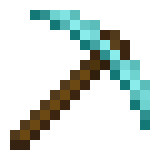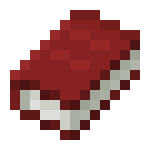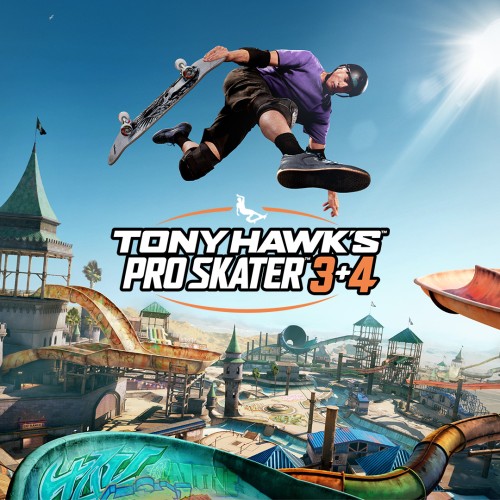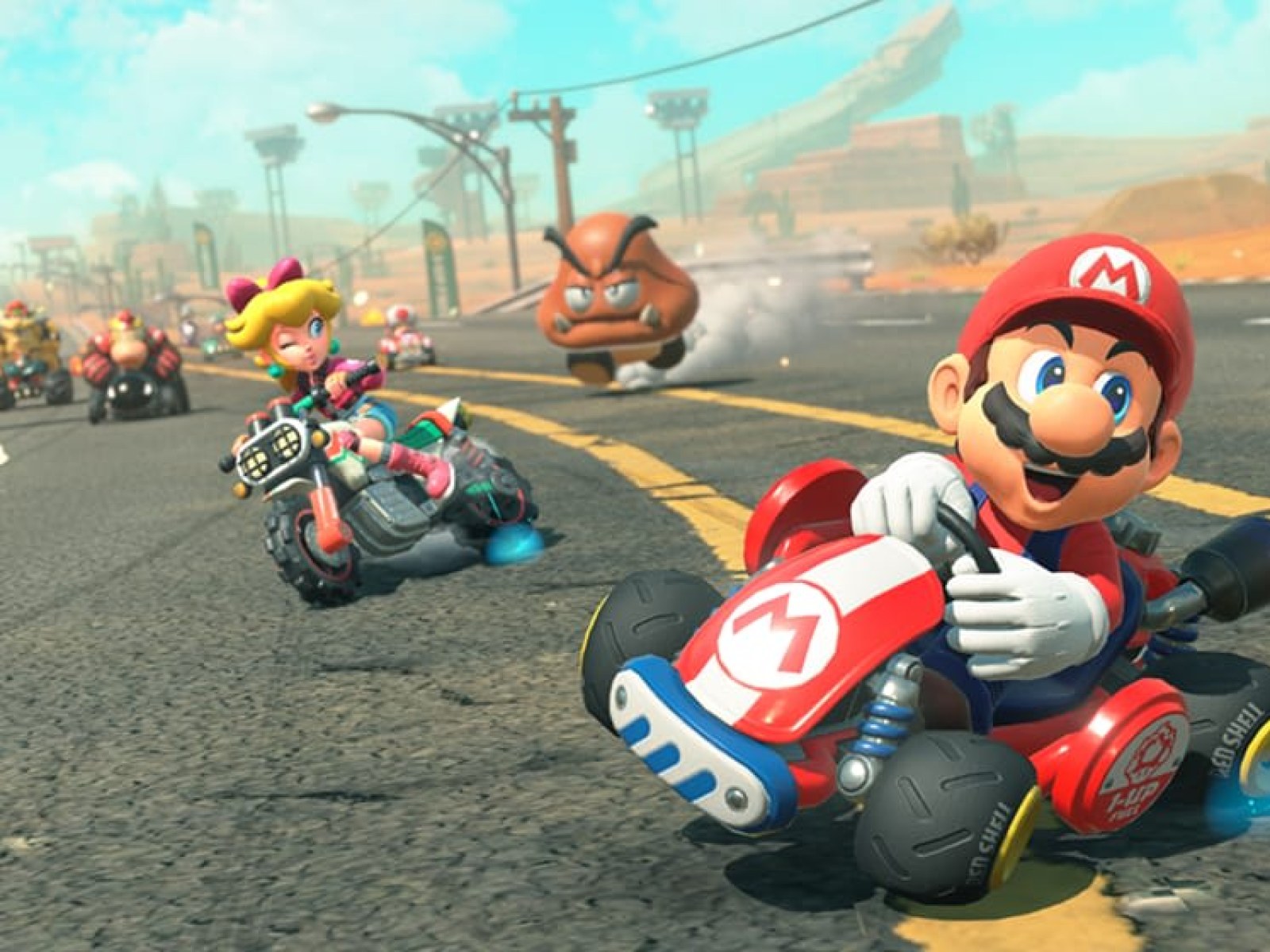The 2021 relaunch of Splitgate solidified that Valve-style portals and old-school arena shooters are two great tastes that taste great together. Splitgate 2 carries that same great melding of run-and-gun action and tactical trickery that helped the original plant its flag in the genre, so it’s starting from a good place. Only problem is, it never makes much net progress from there. Even though the addition of character classes and a wider range of power weapons help bring Splitgate 2 through a new threshold of promise, some of the other shots it takes through the looking glass loop around to bite it from behind and have made me a bit less enthusiastic about the time I’ve spent with this free-to-play followup.
Visually, quite a bit has changed relative to the original. Gone is the muted, more industrial look of the battle venues, replaced by lots of vibrant colors and brighter lighting. That all makes it look less distinctive and more like the many games trying to catch the eye of Fortnite players. In the trade up from the grubby metal walls to the cleaner, sleeker surfaces, Splitgate 2 is also absent of the more interesting features that made the original’s maps interesting and memorable. Features like deserts and trees that would be smack-dab in the middle of a map (like in one of my favorites, Oasis) are now relegated to background decorations, and every surface you’ll actually run and gun across feels samey across the 15 map options.
Technically you can fix that problem yourself using the returning map creator mode, now called The Lab, which is powerful enough that it’s already filled with dozens and dozens of fan-made recreations of famous PvP maps from bigger games. To be fair there are some more interesting and original user creations that serve as great side shows to the main action. But most of these that I tried felt too gimmicky to be considered good replacements for the developer-made maps as far as having consistent and competitive rounds of the standard modes (to the extent that’s possible considering there’s no ranked mode currently available). It’s also spreading the community a bit thin. I had a pretty hard time getting strangers to queue for some of the wackier-looking options, often sitting in lobbies alone for long periods of time in hopes some other curious Splitgaters would stumble in. I was often disappointed.
Splitgate 2’s biggest win, though, is in gameplay tweaks that have a huge impact on pacing from match to match. The signature portals are still the X-factor, allowing you to create paths between two points on the map on the fly. Once you wrap your head around how they work they are fantastic tools for setting up ambushes, tricky getaways, and even manipulating physics to slingshot you across the map. I mostly use them here like I did in 2021, pulling off one-man flanks on jerks attempting to take my team’s objectives. This time, though, it only takes one button to create both ends of your personal wormhole when shot in succession, making them much more convenient to use. It comes at a slight cost, in that opening one of your portals on top of an enemy’s is the only way to close theirs, and that can force you to close off your own routes. But after logging over a dozen hours, I much prefer this minor drawback over the anti-portal grenades of yesteryear.
Movement always felt smooth, quick, and controlled in Splitgate thanks to its fast (but not too fast) sprinting and limited jetpacks. In Splitgate 2, both of these things combine with a new slide mechanic to make getting around the maps feel like I remember being able to move in my best rounds of Titanfall. The jetpack seems more powerful, with more lift before cooldown than the original’s version. Being able to stay aloft for longer means firefights more often begin or end in the air, adding a level of dynamism that makes every skirmish a challenge at every angle.
The standard arsenal isn’t much different than the original, though, which is a shame because it’s not very imaginative. Most weapons have slick futuristic curves and color schemes but function exactly like the assault rifles, SMGs, and carbines you’ve wielded in too many other games to count, and I wasn’t motivated to do much exploration of the options or customization of loadout presets because of that constant sense of deja vu. They really just make me want to sprint to grab power weapons, which spawn with some fanfare on neutral points during matches, as soon as possible. These returning super guns have gotten a couple of notable additions to their lineup, including my favorite: a pair of machine pistols that can be combined to form a longer machine gun when aiming down the sights. These are all awesome, game-changing weapons that are worth the effort to secure every time they’re available.
Mechanically, the biggest change to the way Splitgate 2 plays is the addition of three character classes, which are presented as avatars of competing corporate entities who settle their differences in this futuristic sport of gun-toting portal slipping. Sabrask, Meridian, and Aeros all have their own unique active abilities, like Meridian’s Hypersight, which reveals enemies around you for a short period, or Aeros’ Rush that gives everyones movement, reload, and regen a speed boost. My favorite is Sabrask’s Smart Wall, which plops a one-way bullet shield that protects anyone standing behind it while keeping them free to shoot through it at the enemy (much like a deployable version of Reinhardt’s shield in Overwatch). They each also have passive effects that they can grant their whole team simply by being present, incentivizing teams to have at least one of each in play. That means actives are more obviously impactful than the passives, largely because I’ve yet to play a game where every team involved wasn’t receiving boosted health regen from Meridian and faster ability and equipment recharges from Aeros and Sabrask, respectively. Is it really a “boost” if it’s basically the standard?
I think there’s an argument to be made that the choice to forgo class-based, hero shooter-y design was a keystone of the monument to the past’s simpler shooters that the original Splitgate was building. It meant all of us started from the same base capabilities and had to earn every advantage during a match, and there’s validity to that. I am sympathetic to this old-school Halo-style mentality, but I’ve come to prefer the diversity of these three new classes, which add just enough tactical expression to give old people like me a chance against fast-twitch no-scoping youth so long as I can out-think them.

